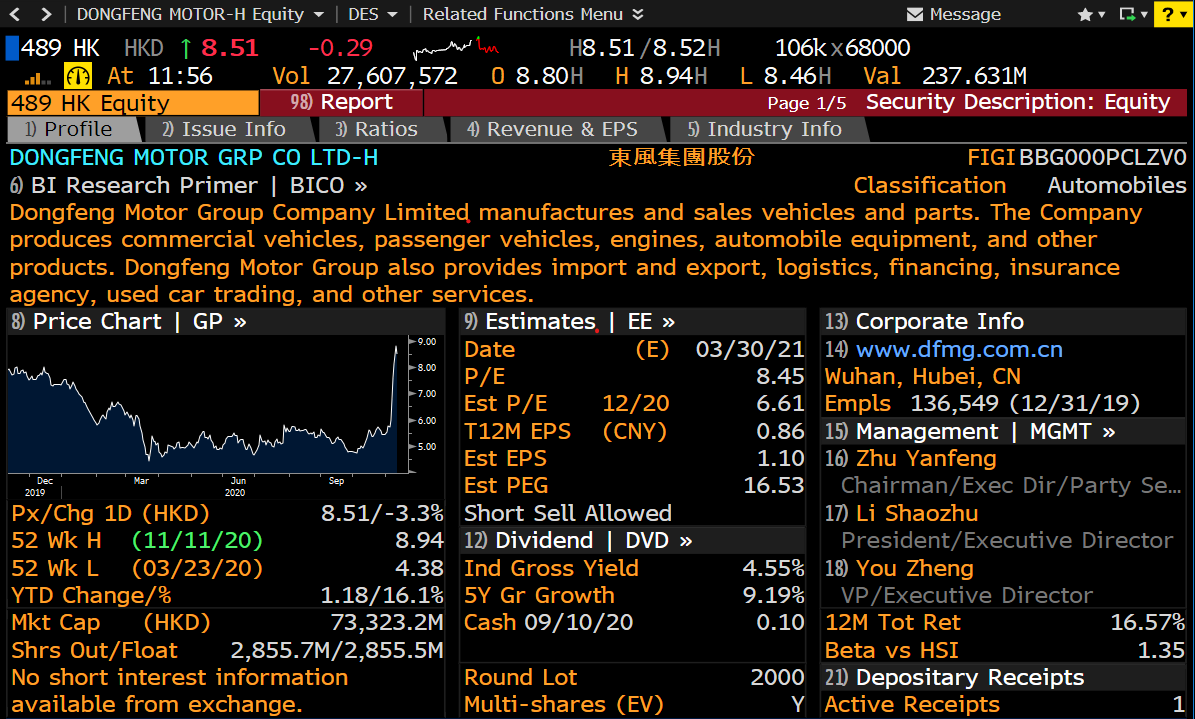
Most investors assess the accuracy of their analysis by the share price. But all a rising share price proves is that there have been more buyers than sellers. You only find out if your analysis was right after 10yrs+ when u can tally up dividends paid & compare to purchase price.
I saw a manager recently talk about how an illiquid small cap stock they own is up 10-20%, as if that proved the wisdom of their decision. But one of the reasons it's up is that I've been buying it and have contributed to pushing up the price. But what if I'm wrong?
What is true on a small scale is also true on a large scale with big companies. More buyers than sellers push up share prices, and vice versa. That's driven entirely by opinion, sentiment, and liquidity (Fed, inflows, etc). It says nothing at all about whether analysis is right.
When you buy a stock, all you are buying is an entitlement to receive future dividends. Your analysis is proved correct if and only if the future stream of dividends generates a high IRR on your purchase price. That takes yrs/decades to find out. The ST share price is irrelevant.
The metrics you should use to gauge the ongoing accuracy of your analysis are earnings, cash flows and dividends. If they are tracking well and imply your thesis was right & generating a high dividend-based IRR, you're being proven right regardless of what share price is doing.
• • •
Missing some Tweet in this thread? You can try to
force a refresh



